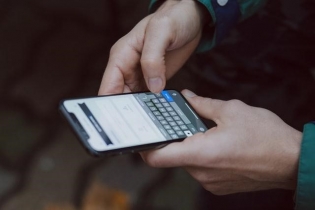Now that we live in a technology-focused era, it seems like everything can already be done using only a computer or a smartphone. To do different tasks, we rely on the applications on our computer or smartphones. Applications are more commonly known as apps. These pertain to different software programs that allow you to do various tasks, depending on what that software is for. Apps are made to be downloaded on different devices, may it be a television, a computer, or a phone.
Apps can do a variety of things. Some are simple, meaning they can only do one or a handful of specific tasks. Others encompass many tasks inside one app. These apps can be divided into categories, depending on what they are used for. There are apps made for education, apps for leisure and gaming, apps for work, and apps for pictures and videos.
Before, these apps were only limited to the professionals or people in the same social circle. Now, any person can make an app or commission someone to do the app they want. Since apps are made so that they can accomplish specific tasks, people can now customize apps. For example, if you want an education app that would let you share lessons and videos to your students, you can create an education app specifically for that.
When you make an education app, you have a lot of factors to consider. This one can be overwhelming, so we will try to break it down for you.
First, you must know what the app is for. Since apps can technically do a lot of things, it is important that you have a clear vision for your app. Not having a clear end-goal can pull you down the black hole of app making. Your app’s functions could be too scattered and too many for it to be of real use.
Your app has to be original so that people would be drawn to use it. There are already a lot of education apps in the market so your app has to stand out. It has to have a specific purpose so that people who actually need the functions of the app would regularly use it. At the same time, the app should also have more than one function so that users can multitask some of the tasks there without always switching to other apps. It would also be great if your app has features that not a lot of other apps use to make it unique and special.
You should also define what population your app is geared towards. This would help you customize the app to serve the particular population you want. These are examples you may want to ask yourself: Is this app for kids? Is this app for students, teachers, or both? Is this app mainly used for synchronous or asynchronous sessions?
If you have already decided on what kind of app to do and what features you want it to have, contact an app developer to help you create an education app. Having an app developer will help you in every step of the app development process. This includes creating a prototype, doing the UX or UI design, going through the development stage, testing the app out, and finally, assisting in the release of the app.








